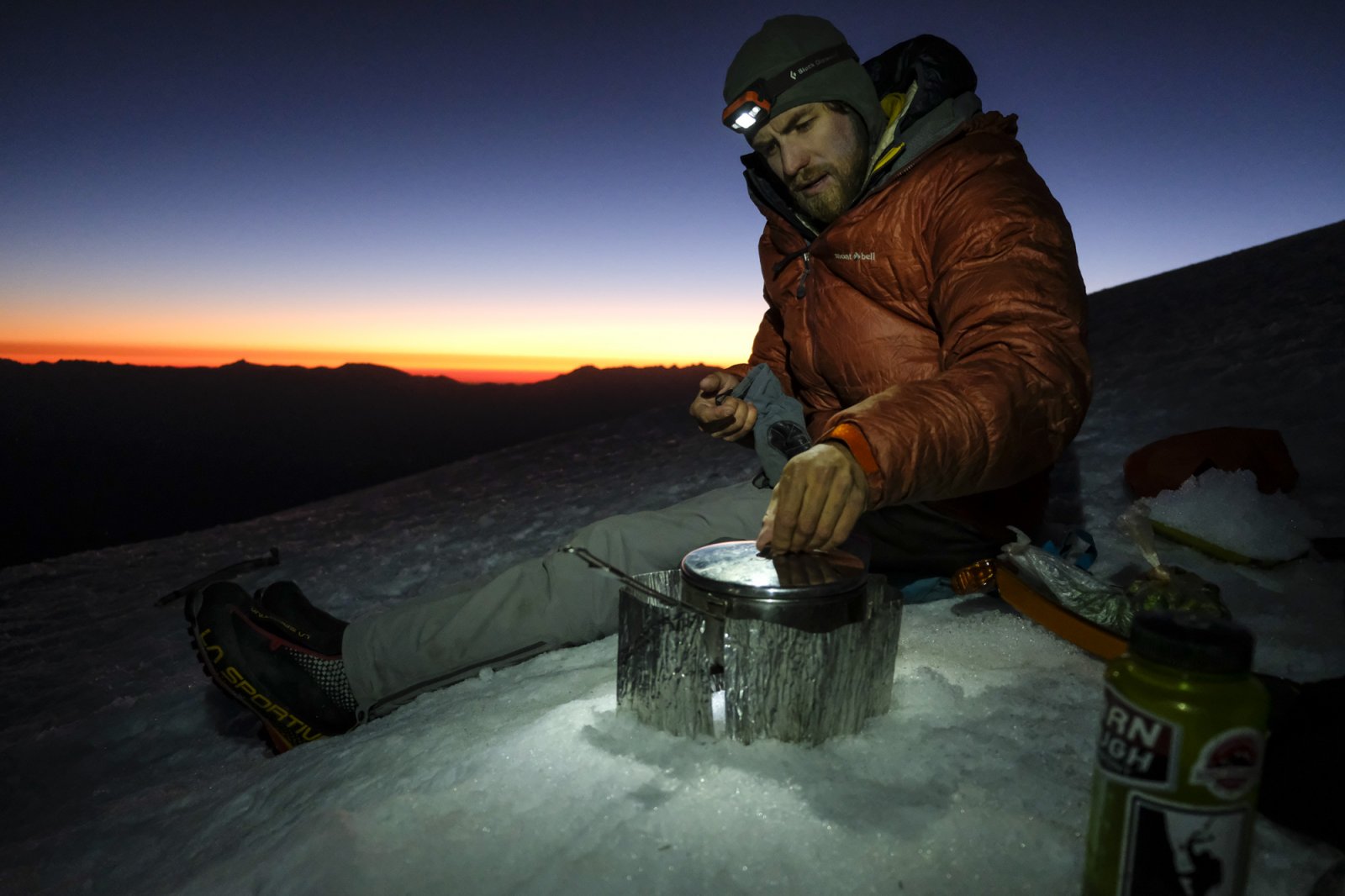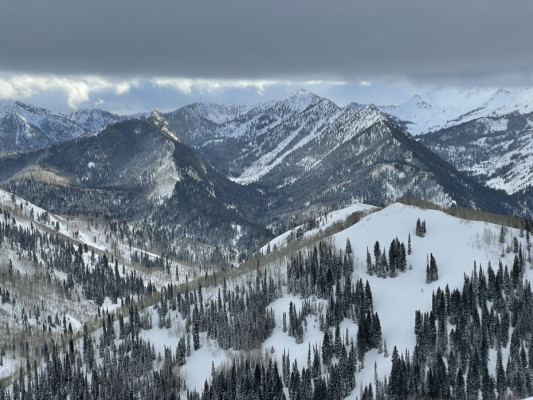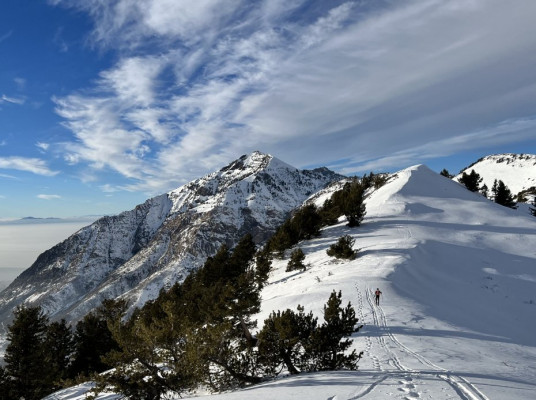3/23/2022 Expedition Ski Repair Kit
Picture this.
On the first day of your expedition, you wake to a perfect bluebird day. Looking out the tent, you watch the morning sun light up craggy peaks all around you with a warm glow. The snow is soft and untracked as far as you can see. Eager to go make turns, you quickly get dressed and put your boots on. However, as you hastily close the last buckle, the cable snaps and your cuff goes limp.
Suddenly your stomach drops as you consider what this might mean for your expedition. Months of trip planning and anticipation come to a screeching halt.
What are you going to do now? It’s not like you can just run down the road to a ski shop and buy a new boot.

Sure, on every trip in the mountains there’s a possibility that things go wrong - gear or otherwise. And unfortunately, no matter how far ski tech has come along over the years, none of it is invincible.
But when gear breaks on a remote, multi-day trip, the results can range from disappointing to dangerous. Thankfully with a little bit of forethought and preparation, you can limit those disastrous chances, make the most of your time out there, and be prepared to fix most problems.
Ultimately, there isn’t a hard and fast rule of what to bring as a repair kit. That’s up to you. When packing for an expedition specifically, there’s a sweet spot between packing duplicates of every single piece of gear (absurd!) and not bringing anything extra and praying everything goes to plan (fingers crossed!) Where you decide to land on this spectrum takes a bit of careful consideration, namely regarding consequences and feasibility.
For example, are you doing a self-supported multiday traverse or flying into a glacier where you set up a basecamp as soon as you land? A broken ski in the former will result in some serious issues whereas the latter will just result in lots of downtime at camp watching your buddies ski. Similarly, the amount of backup gear and tools differ dramatically when you have to schlepp it all on your back versus unloading a duffle from a plane.
Regardless of the type of expedition, here are a few essential items and things you can do at home beforehand to get yourself out of most binds.
Fix it while you can First, look over your skis, boots, and bindings for any obvious damage or weaknesses. Notice a crack in your binding heel piece? Replace it. Some of your boot parts looking haggard? Swap them out. Skis starting to delaminate? Don’t ignore these signs!
Also, take note of the types of screws that make up your boots and bindings. And then make sure you have a tool for every one of them on the trip. Something like the G3 Binding Tool is lightweight and easy to carry. A Leatherman can be useful as well. Oh, and then actually tighten everything that needs to be tightened. Looking at you adjustment plate screws…
Worst case scenario Next, Identify which pieces of gear would be catastrophic and potentially life-threatening if they broke. And then think of ways to bring a backup or have the knowledge to fix it in field. For many ski expeditions, the stove is the most crucial piece of gear because without it, you can’t melt snow for water. Eye protection is also critical to preventing snow blindness. A good approach is to bring a pair of both goggles and sunglasses, in the event one breaks. Spare batteries too - in case one of you forgets to turn off your beacon or falls asleep with the headlamp on.
What else would be a game-changer if it broke? It’s helpful to write them all out, go through each one, and make a game plan.

Actually useful? On the other hand, think of pieces of gear you can leave at home. For example, we’ve heard of many skiers bringing a spare toe piece on expeditions. But in very few situations would it ever be possible to successfully remount a toe piece in the field if it ripped out of your ski. In that case, your ski is destroyed and wouldn’t accept a new toe piece. Also, you probably won’t have a drill or jig to mount another. It’s rare for mounting screws to casually back out. But if you’re worried about screws coming undone, then just bring those, not the actual binding. This lesson here is to think through each and every piece of gear you’re bringing and determine if it actually makes sense to bring.
Extra sticks for the crew On expeditions that involve a base camp and weight isn’t a critical factor, have someone from the team bring an extra pair of skis that everyone can ski. No, really. A second setup will be a lifesaver for all ski, binding, and skin breaks. Just make sure the bindings are on an adjustment plate so that it can accommodate everyone’s BSL. For that matter, might as well bring spare adjustable poles too. An extra full setup is the best possible insurance policy.
Don't even think about it Lastly, there are some things that aren’t worth considering because they’re just automatically coming with you due to their versatility and usefulness. This includes Voile Straps, Gorilla Tape, Voile Straps, and a few more Voile Straps for good measure. Most problems can be MacGyver’d with enough of these simple stretchy bits.
And then there are medical first aid kits. They're certainly a critical piece to any expedition, or day tour for that matter. But we’re not medical experts so, well, we’ll leave that for them. But with one caveat - a bivvy sack or blanket. In cold weather environments, hypothermia from an unplanned night out can get you long before hunger or thirst will.
So back to that broken boot buckle scenario? The (temporary) fix should be obvious by now but we’ll give you a hint: it rhymes with shmolay shmap. Hopefully, you brought a fistful like we told ya!
Comments

3/28/2022
Weather Whiplash: The Funky 21/22 Season








